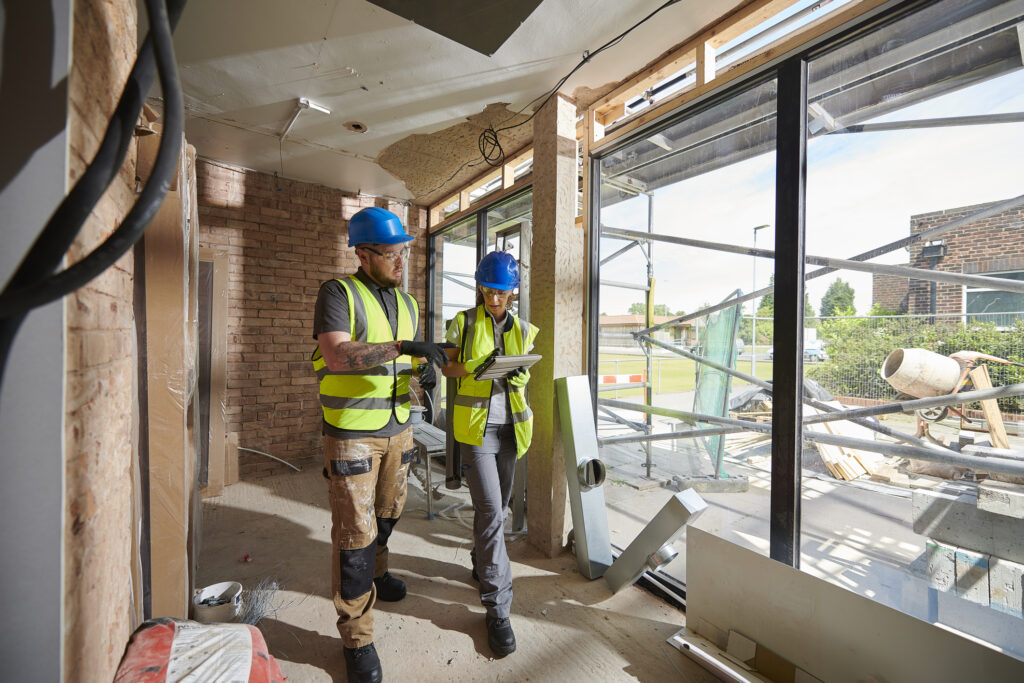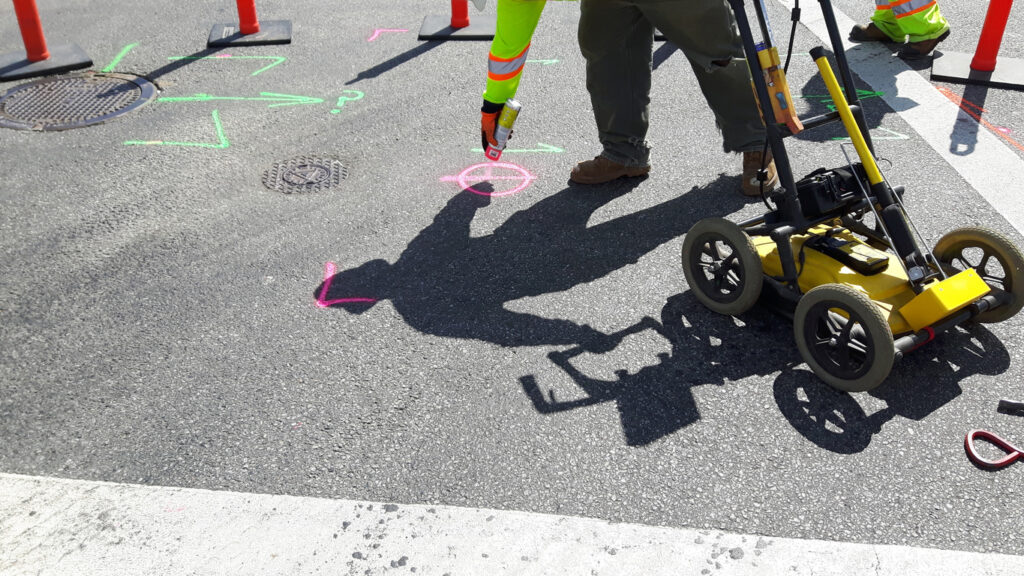This story was made in collaboration with Safe Software partner Nordend.

Boosting excavation safety through smarter data integration
BESIX, Belgium’s largest construction group, regularly undertakes major infrastructure projects for roads, foundations, utilities, and broader infrastructure. These projects often involve excavation work and occur in complex, high-risk environments like city centres and areas with dense underground utilities.
Having a clear and up-to-date picture of buried cables and pipelines is essential to prevent damage and ensure worker safety. The Flemish government launched KLIP, a Cable and Pipeline Information Platform, to facilitate information sharing for companies involved in excavation work. The Platform acts as a central source for standardized underground cable and pipeline information in Flanders, Belgium.
However, the fragmented and file-heavy nature of KLIP data made using underground infrastructure data more challenging. To manage all data and easily track changes, BESIX first needed to import KLIP data into a central database. To continue working with the data and integrate it into other applications, BESIX also needed to convert it into different formats. Managing hundreds of individual documents across projects hindered coordination, delayed fieldwork, and increased the risk of costly surprises underground.
In order to continue working with KLIP data and integrate it into other applications, BESIX set out to automate and streamline the way it handled the data. The team needed to streamline many separate processes into one seamless workflow and automate as much of the recurring data integration as possible. The goal was to simplify data import, ensure consistency across formats, and support smarter, safer excavation planning. BESIX collaborated with Safe Software partner Nordend to accomplish these goals.
Building a clearer picture of underground utilities with FME
Drawing on their in-house IMKL Read & Convert tool and FME, Nordend developed an integrated workflow for BESIX. Developed with FME Flow, the solution automates the import, conversion, and centralization of KLIP files. Now, fragmented data is turned into structured information that can be reused across BIM, CAD, and GIS applications. In automating as much of the recurring data integration as possible, the team has also reduced manual workflows and limited human error.
This data-driven approach allows BESIX to centrally manage all KLIP data and track changes to existing cables and pipelines. By tracking changes in one place, BESIX can share and discuss critical information with infrastructure owners. This is a vital step to maintaining accuracy, improving data quality, and ultimately avoiding unexpected costs on-site.
Today, BESIX has a centralized, automated system that delivers clarity from the planning phase to the field. The solution not only improves safety and efficiency during excavation work but also lays the groundwork for wider digital transformation across its infrastructure projects.




